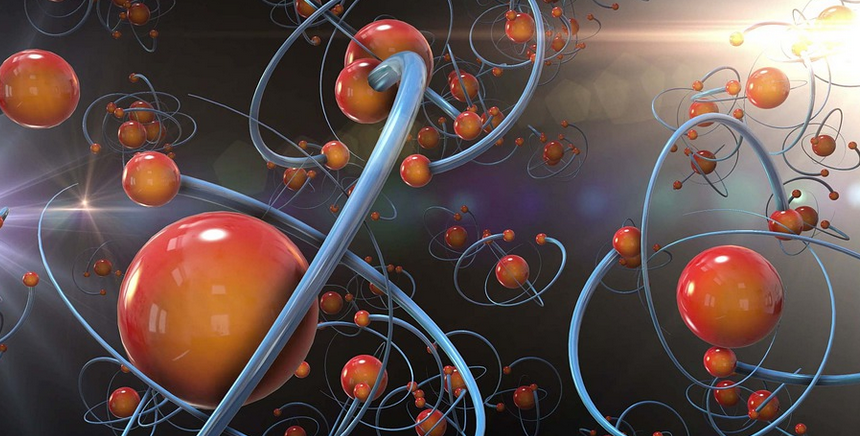The Basics of Photosynthesis
Have you ever wondered how plants are able to produce their own food? Through a process called photosynthesis, plants are able to convert light energy into chemical energy, which is stored in the form of glucose. Photosynthesis is a vital process for plants as it provides them with the energy they need to grow and survive.
The Two Stages of Photosynthesis
Photosynthesis occurs in two stages, the light-dependent reactions and the light-independent reactions. During the light-dependent reactions, light energy is absorbed by chlorophyll, a green pigment found in plant cells. This energy is then used to split water molecules into oxygen and hydrogen ions. The oxygen is released into the atmosphere, while the hydrogen ions are used in the next stage of photosynthesis. During the light-independent reactions, also known as the Calvin cycle, the hydrogen ions are combined with carbon dioxide to produce glucose. This glucose is then used by the plant as a source of energy.
The Role of Chlorophyll
Chlorophyll plays a crucial role in photosynthesis as it is responsible for absorbing light energy. Chlorophyll is a pigment that is found in the chloroplasts of plant cells. It is able to absorb light in the blue and red parts of the spectrum, but reflects green light, which is why plants appear green.
The Importance of Photosynthesis
Photosynthesis is not only important for plants, but also for all living organisms on Earth. The glucose produced during photosynthesis is used by plants as a source of energy, but it is also consumed by other organisms, such as animals and humans. In addition, photosynthesis is responsible for producing oxygen, which is vital for the survival of all living organisms.
The Impact of Human Activities on Photosynthesis
Human activities, such as deforestation and the burning of fossil fuels, have a negative impact on photosynthesis. Deforestation reduces the number of plants on Earth, which in turn reduces the amount of photosynthesis that occurs. The burning of fossil fuels releases greenhouse gases, such as carbon dioxide, into the atmosphere, which can lead to climate change and disrupt the delicate balance of photosynthesis.
Conclusion
In conclusion, photosynthesis is a vital process that converts light energy into chemical energy, which is used by plants as a source of energy. Chlorophyll plays a crucial role in photosynthesis by absorbing light energy, while the two stages of photosynthesis work together to produce glucose. Photosynthesis is not only important for plants, but also for all living organisms on Earth, and it is important that we take steps to protect this vital process.

